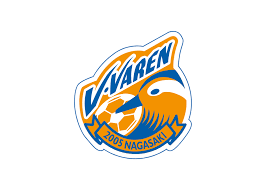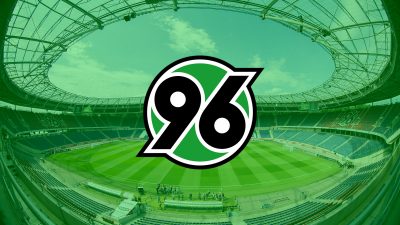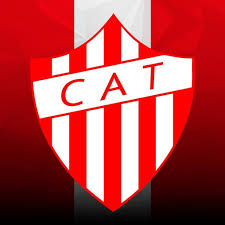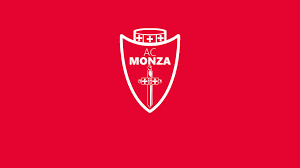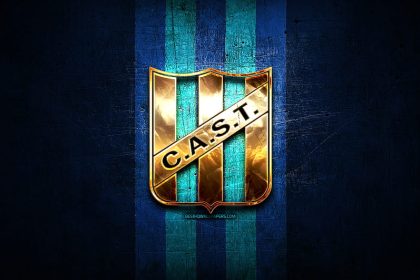The Pittsburgh Penguins have carved their mark in the annals of ice hockey history, serving as a testament to dedication, talent, and community spirit. Established in 1967, this franchise has grown from its humble beginnings into one of the most recognizable names in professional sports. With numerous championships under their belt and a loyal fan base that spans generations, the Penguins embody the resilience and passion of Pittsburgh itself 69vn
The Birth of the Pittsburgh Penguins
Ice hockey was introduced to Pittsburgh in the mid-20th century, but the city’s love for the sport blossomed with the establishment of the Pittsburgh Penguins in 1967. This section will delve into the origins of the team, exploring the conditions that led to their creation and how they captured the hearts of local fans.
The Expansion Era
In the mid-60s, the National Hockey League (NHL) was looking to expand beyond its original six teams. This expansion was fueled by the growing popularity of the sport across North America. The Penguins were one of the six new franchises added, which signified the increasing reach and appeal of ice hockey.
The decision to include Pittsburgh in this expansion was not arbitrary. The city had a rich industrial background, and the sports scene was ripe for a professional hockey team. The Steelers had already made a name for themselves in the NFL, cultivating a passionate fan base. It became evident that Pittsburgh could support another major league team.
Finding a Home: The Civic Arena
Once established, the Penguins needed a venue. The Civic Arena, with its innovative design and capacity to host thousands of fans, became the home of the Pittsburgh Penguins. Its unique feature—the retractable roof—made it an icon in the city and provided a dynamic atmosphere for games.
The Civic Arena served as more than just a venue; it became a gathering place for fans. Each game day transformed the surrounding area into a vibrant celebration, showcasing the communal spirit of Pittsburgh. The Penguins quickly became part of the local identity, attending games soon became a cherished ritual for families.
Early Struggles and Development
Like many newly formed teams, the Penguins faced challenges in their initial years. They struggled to establish a competitive roster and often found themselves at the bottom of the league standings. However, these early struggles laid the groundwork for the team’s future success.
During these formative years, the organization recognized the importance of player development. They began to invest in scouting and building a strong farm system, focusing on nurturing young talent. This foresight would prove crucial as the Penguins began to build a roster that could compete for championships.
The Rise to Pittsburgh Penguins
The late 1980s and early 90s marked a transformative period for the Pittsburgh Penguins. With the arrival of superstar players, the franchise underwent a renaissance, culminating in championship glory. This section explores the key moments and figures that defined this era.
The Mario Lemieux Effect
Mario Lemieux, often referred to as “Super Mario,” was drafted by the Penguins in 1984 and quickly became one of the most prolific talents the NHL had ever seen. His combination of size, skill, and vision on the ice captivated fans and transformed the Penguins into a formidable team.
Lemieux’s impact extended beyond his impressive statistics. He brought a sense of hope and excitement to a franchise that had struggled for years. Under his leadership, the team saw increased ticket sales, and interest in Penguins hockey surged. This surge wasn’t solely about winning; it was also about the artistry and grace with which Lemieux played the game.
Back-to-Back Championships
The pinnacle of the Penguins’ early success came in the early 1990s when they won consecutive Stanley Cup championships in 1991 and 1992. These victories resonated deeply within the Pittsburgh community, solidifying the Penguins’ status as a beloved institution.
The 1991 championship was particularly significant. After years of hardship, the Pittsburgh Penguins finally broke through, defeating the Minnesota North Stars. The victory parade that followed showcased the city’s unwavering support for its team. In 1992, the Penguins, led by Lemieux, repeated this triumph, further embedding the team’s legacy in Pittsburgh’s sports history.
The Challenges of Change
Despite their successes on the ice, the Pittsburgh Penguins faced serious challenges off it towards the late ’90s. Financial woes plagued the franchise, leading to uncertainty about its future. There were discussions of potential relocations or even closures, which sent shockwaves through the devoted fanbase.
